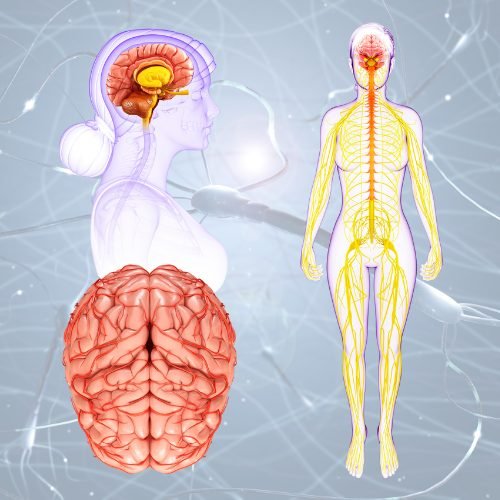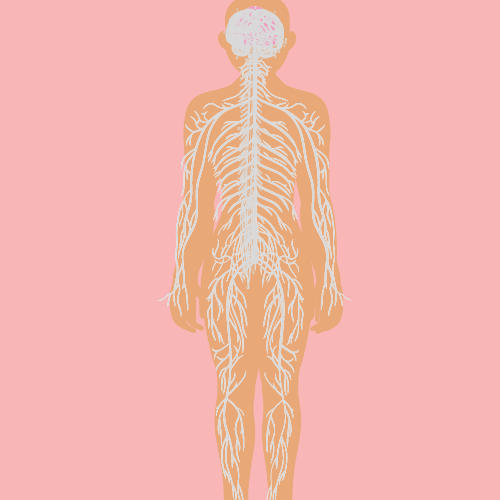The vagus nerve, also known as the vagal nerves, are the main nerves of your parasympathetic nervous system. This system controls specific body functions such as your digestion, heart rate and immune system.
These functions are involuntary, meaning you can’t consciously control them.
Your left and right vagal nerves contain 75% of your parasympathetic nervous system’s nerve fibers. These fibers send information between your brain, heart and digestive system.
The vagus nerves are the 10th of 12 cranial nerves.

Anatomy
The vagus nerves are the longest cranial nerve, running from your brain to your large intestine. The left vagus nerve travels down the left side of your body. The right vagus nerve travels down the right side of your body.
Your left and right vagal nerves join to form the vagal trunk. They connect at your esophageal hiatus, the opening where your esophagus passes into your abdominal cavity (belly). The vagal trunk includes anterior (front) and posterior (back) gastric nerves that go to your abdomen.
The vagal nerve branches are:
- Inferior ganglion branch that serves nerves and muscles to your throat (pharynx) and voice box (larynx).
- Superior ganglion branch that serves nerves to your spine and ear.
- Vagus nerve branch that serves nerves to your heart, lungs and esophagus (tube connecting your mouth and stomach).
“Vagus” is the Latin word for wandering. Your vagal nerves take a long, winding course through your body. They exit from your medulla oblongata in your lower brainstem. Then, the nerves pass through or connect with your:
- Neck (between your carotid artery and jugular vein)
- Chest (thorax)
- Heart
- Lungs
- Abdomen and digestive tract
Function of the vagus nerve
Your vagal nerves are part of your body’s nervous system. They play important roles in involuntary sensory and motor (movement) functions, including:
- Digestion.
- Heart rate, blood pressure and respiration (breathing).
- Immune system responses.
- Mood.
- Mucus and saliva production.
- Skin and muscle sensations.
- Speech.
- Taste.
- Urine output.
What is parasympathetic nervous system?
Your parasympathetic nervous system controls “rest and digest” functions.
What is the sympathetic nervous system?
The sympathetic nervous system function controls the body’s “fight or flight” response.



